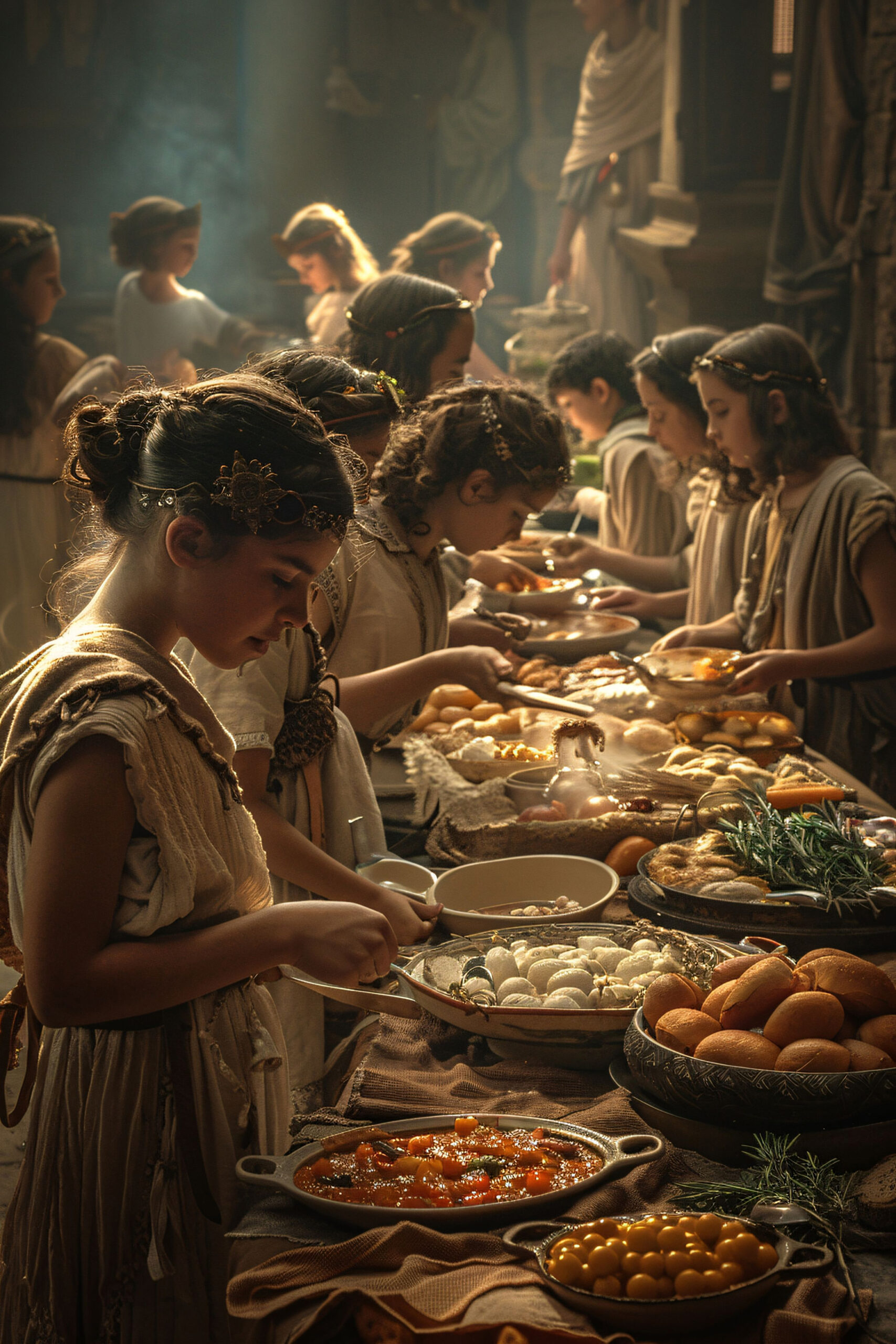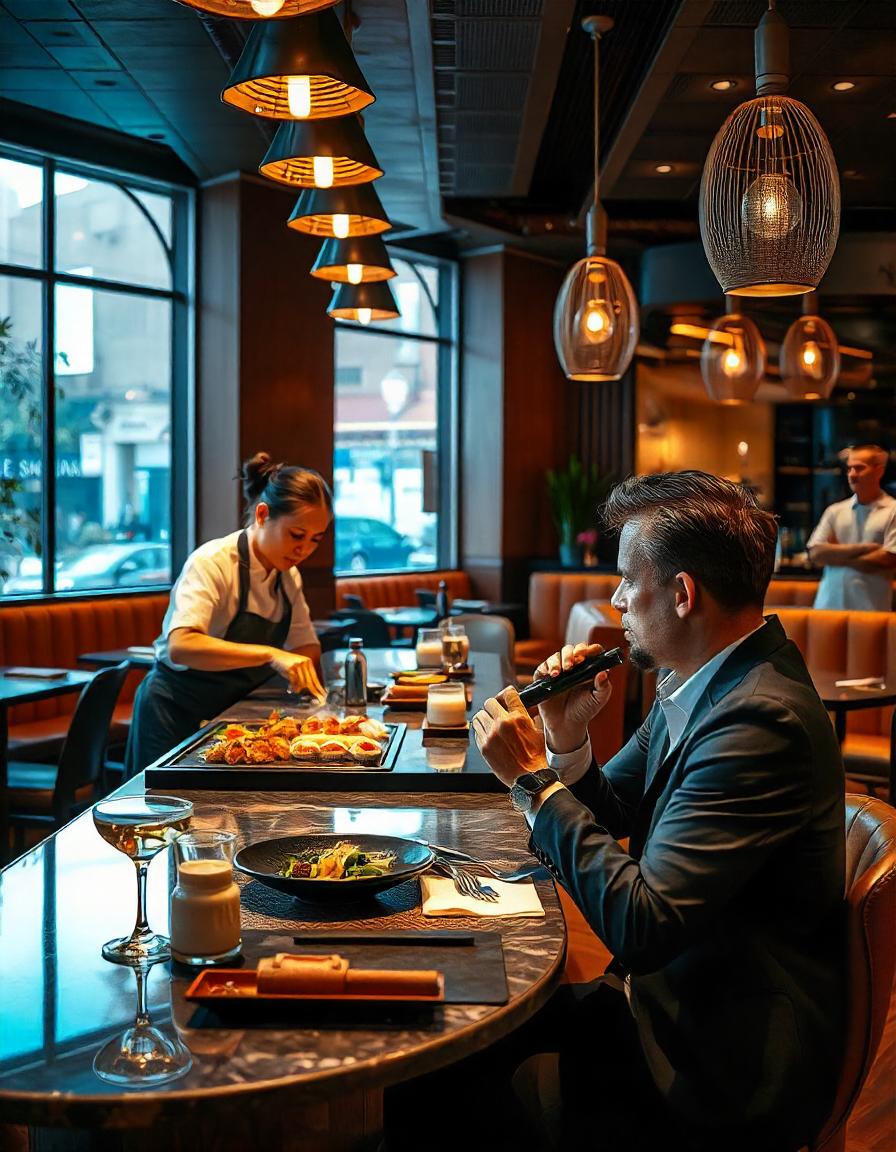The hinterland of all cities speaks: the loudest voices are those of food and drinks. From food stalls to haute cuisine alike, what people eat and drink embodies their history, traditions, and lifestyle. Food and drinks give us an insight into the cultural identity of cities, telling us about the influences upon them, their weather, and locally available produce. Let’s find out how food and drinks shape the cultural background of a city.
1. A Taste of History and Tradition
Many famous dishes and drinks have a historical significance that narrates the story of a city in the past. In cities with rich colonial history like Mexico City or New Orleans, local food tends to be a combination of indigenous ingredients with European and African influences. Traditional foods that have been passed down reflect the culture and customs of people, thus maintaining heritage via taste and cooking methods.
2. Impact of Geography and Climate
Food culture, in general, is more influenced by the surrounding environment. Coastal cities like Barcelona and Tokyo gain much of their sustenance from seafood, while cold cities like Moscow are home to heartier recipes that use thick ingredients such as root vegetables and meats. The availability of local ingredients largely determines the staple foods in a given region, thus presently veering around its culinary identity.
3. Melting Pot of Cultures
Many metropolises are cultural melting pots, and their kitchens speak of the many cultures that inhabit them. Food tells the stories of migration and multicultural blendings-all in cities like New York, London, and Singapore. The food scene in each city features taste from various ethnic communities creating fusion dishes, blending multiple culinary traditions. The beauty of this allows the locals and visitors to explore an array of flavors from around the world, all in one location.


4. Social and Communal Significance
Sharing food and drinks certainly is an agent of fraternity and socialization in cities and beyond. In cities around the Mediterranean, Rome or Athens, dining is a communal affair. Long meals carry conversations forward and foster a sense of togetherness. In fast-paced cities such as Hong Kong, street food culture rules, where quick bites beckon busy urban souls with immense flavor. Whether it is a formal meet over dinner or a casual coffee, food forges social links that strengthen a city’s social fabric.
5. Signature Dishes and Drinks That Define the City
Every city has its own representative set of dishes and drinks that earn its culinary reputation. Think of Chicago-style deep-dish pizza or pad thai from Bangkok or croissants paired with café culture from Paris. These signature dishes and drinks lure tourists by dozens while also instilling a feeling of pride into the local community. Drinks become no exceptions: yerba mate from Buenos Aires, perhaps Guinness from Dublin—these come laden with tradition, spirit, and culture.

6. Modern Trends and Innovations
Tradition is important; however, many cities are also playing a key role in the more modern side of food innovation. Cities such as San Francisco, Berlin, and Copenhagen are synonymous with farm-to-table, vegan, and sustainable food movements. Cities perpetually update and redefine their culinary landscapes by experimenting with new gastronomical trends that balance tradition with modernity.
Conclusion
It is much more than survival; it is a window into the heart and soul of a city. Food tells about history, geography, and cultural plurality; it is a palatable and delightful means of entering a place. Therefore, while traveling and exploring the cities, one should pay attention to what the local foods say about the culture and people.




